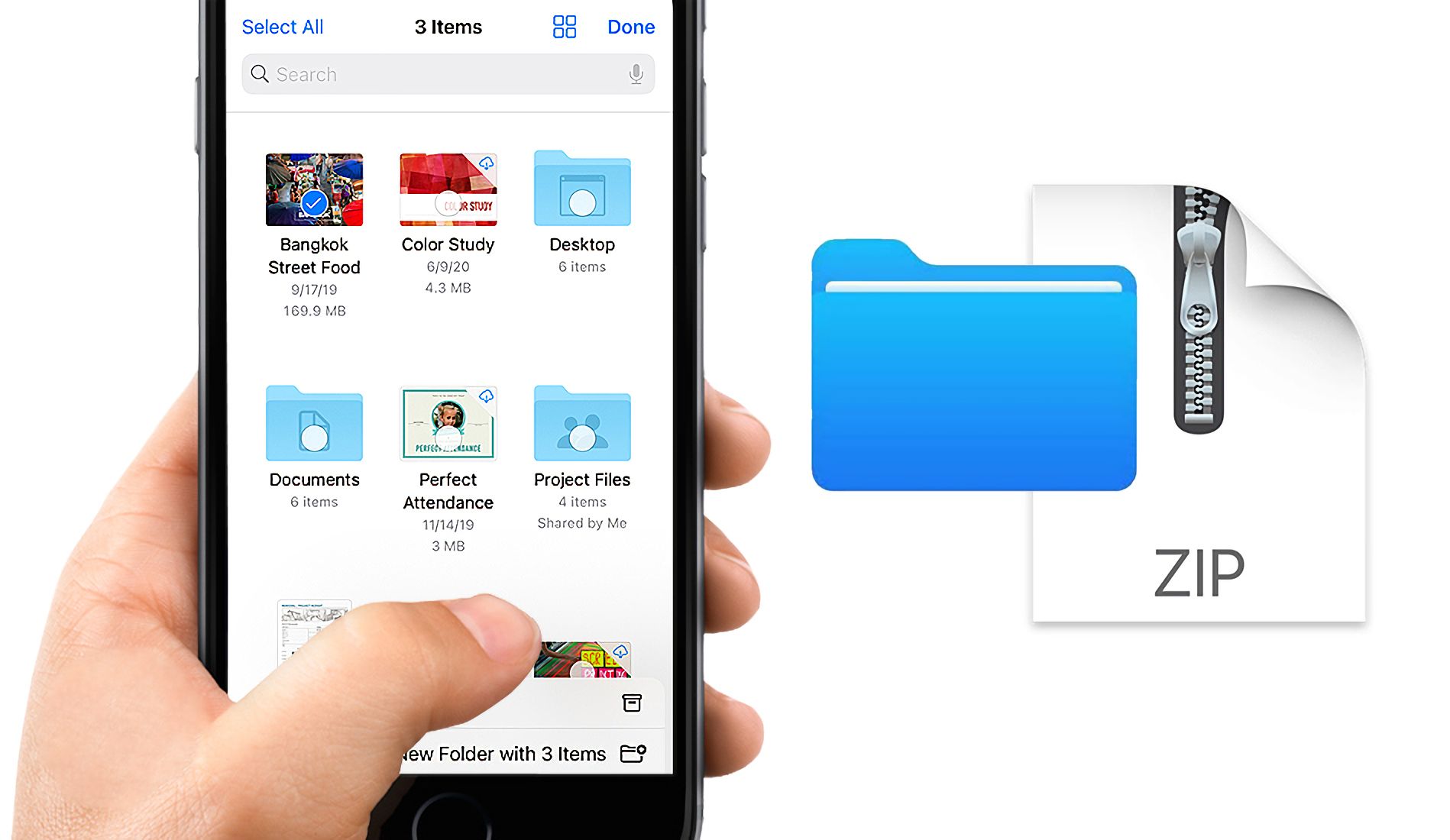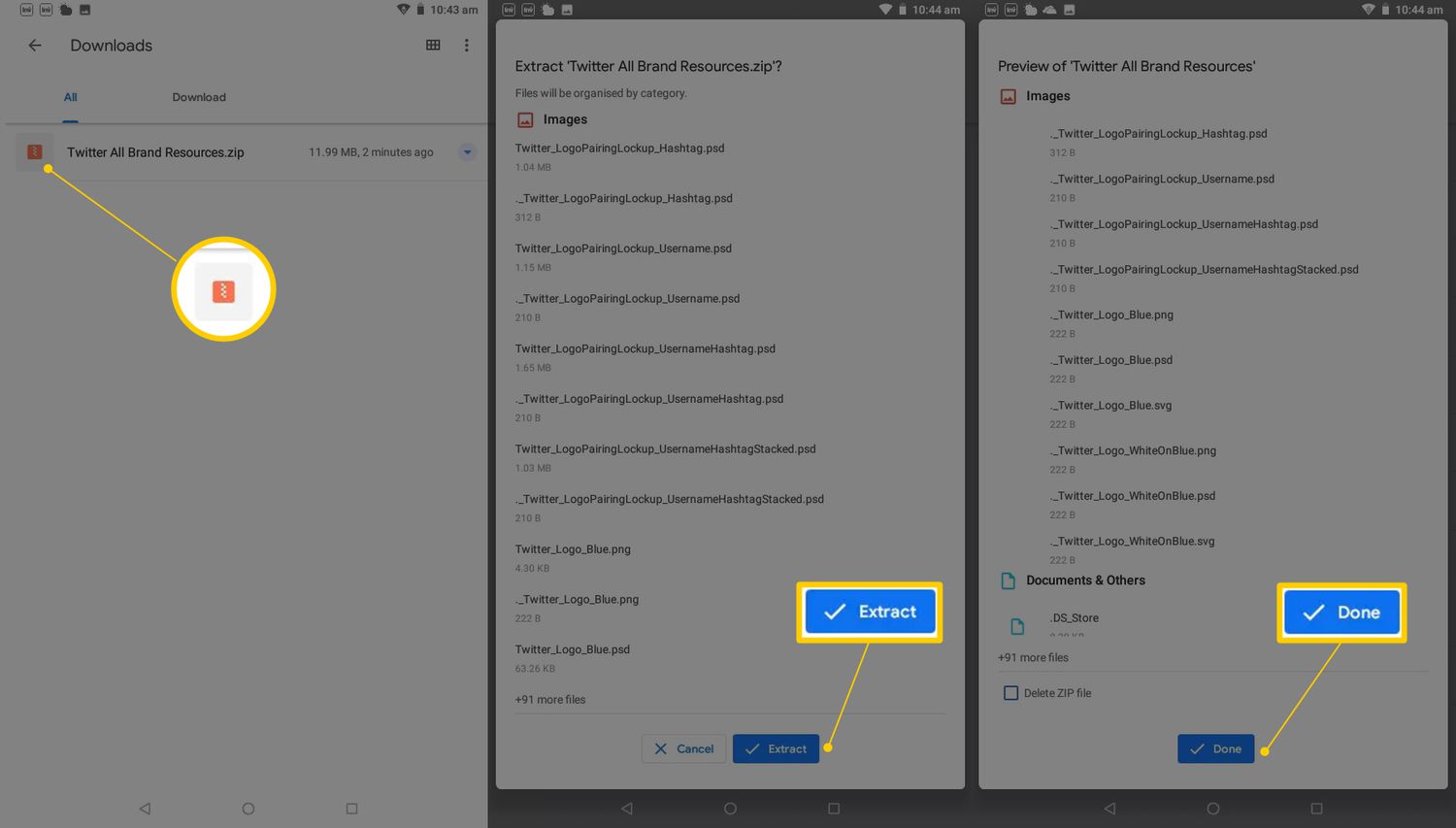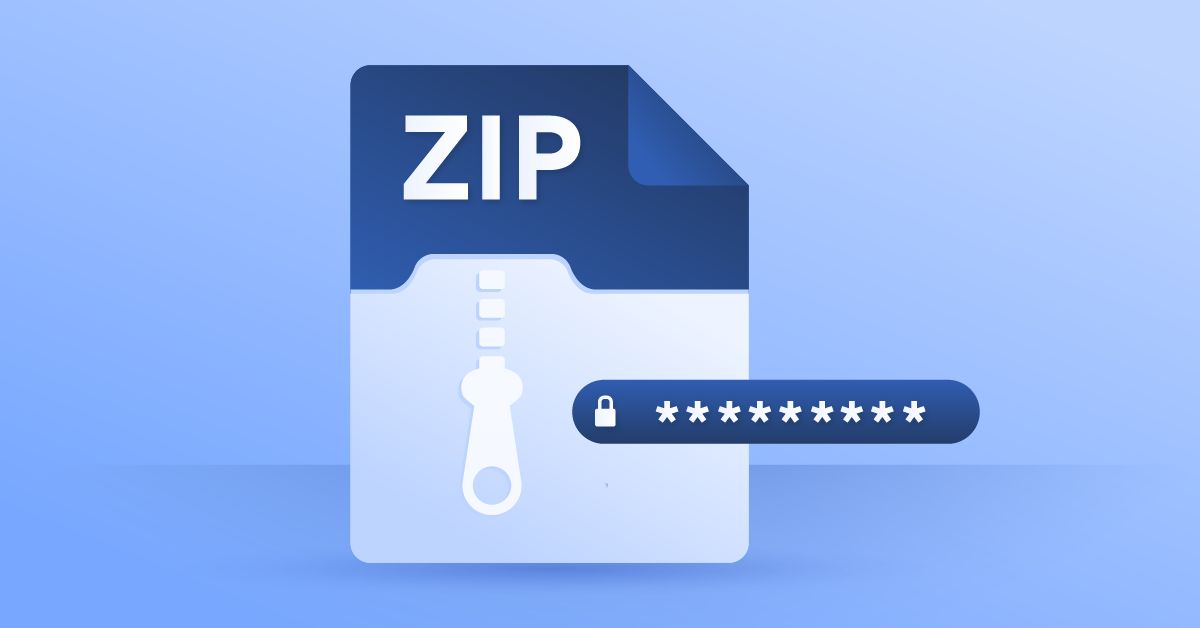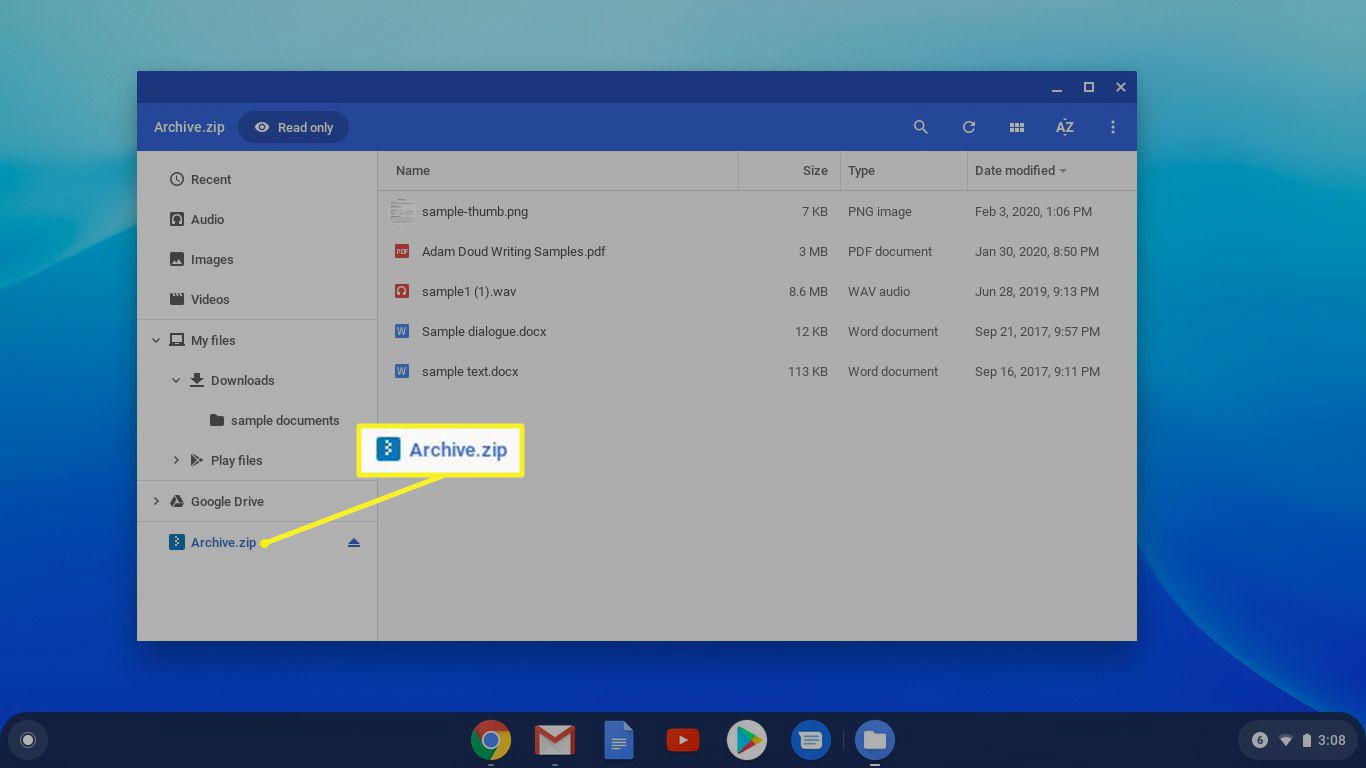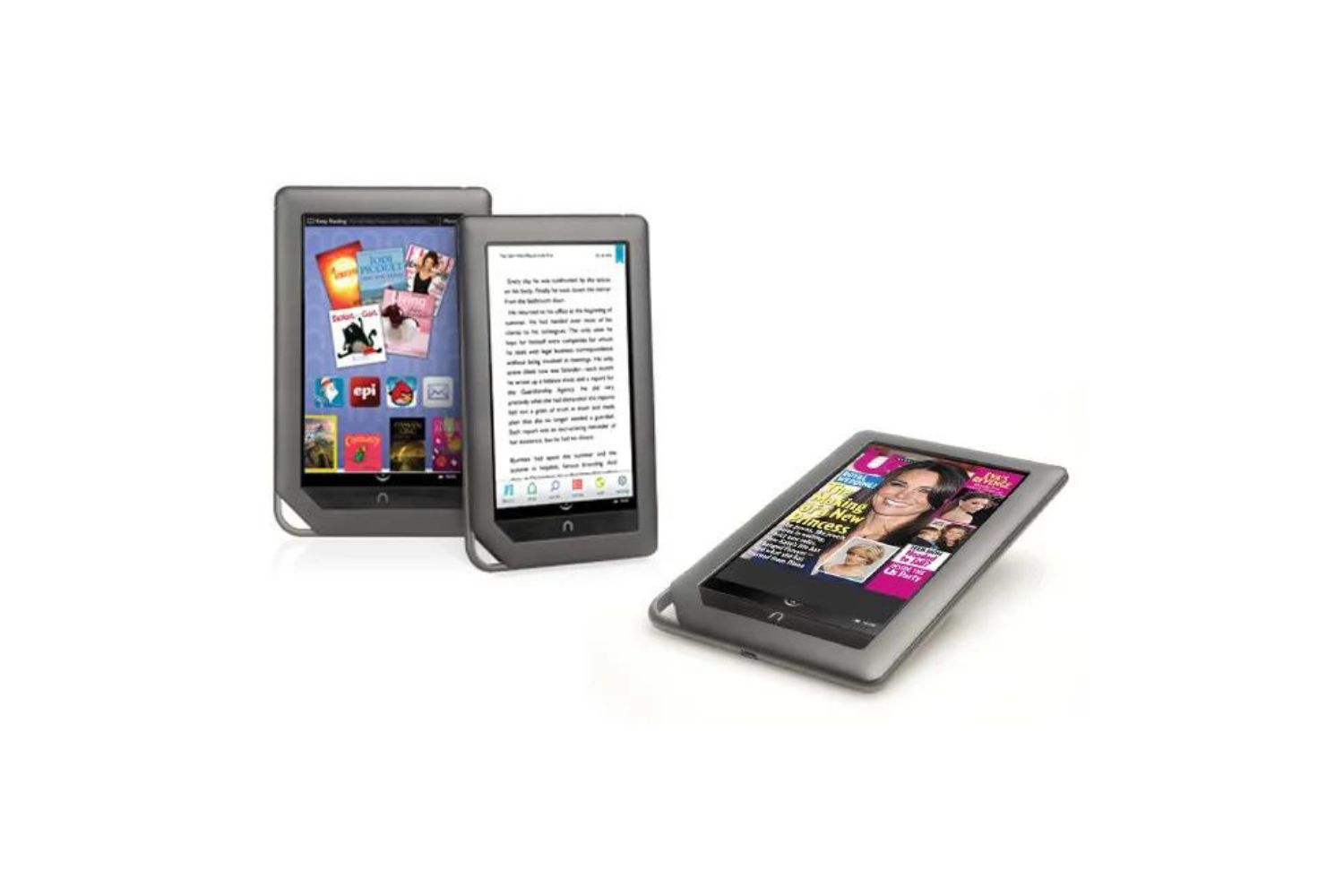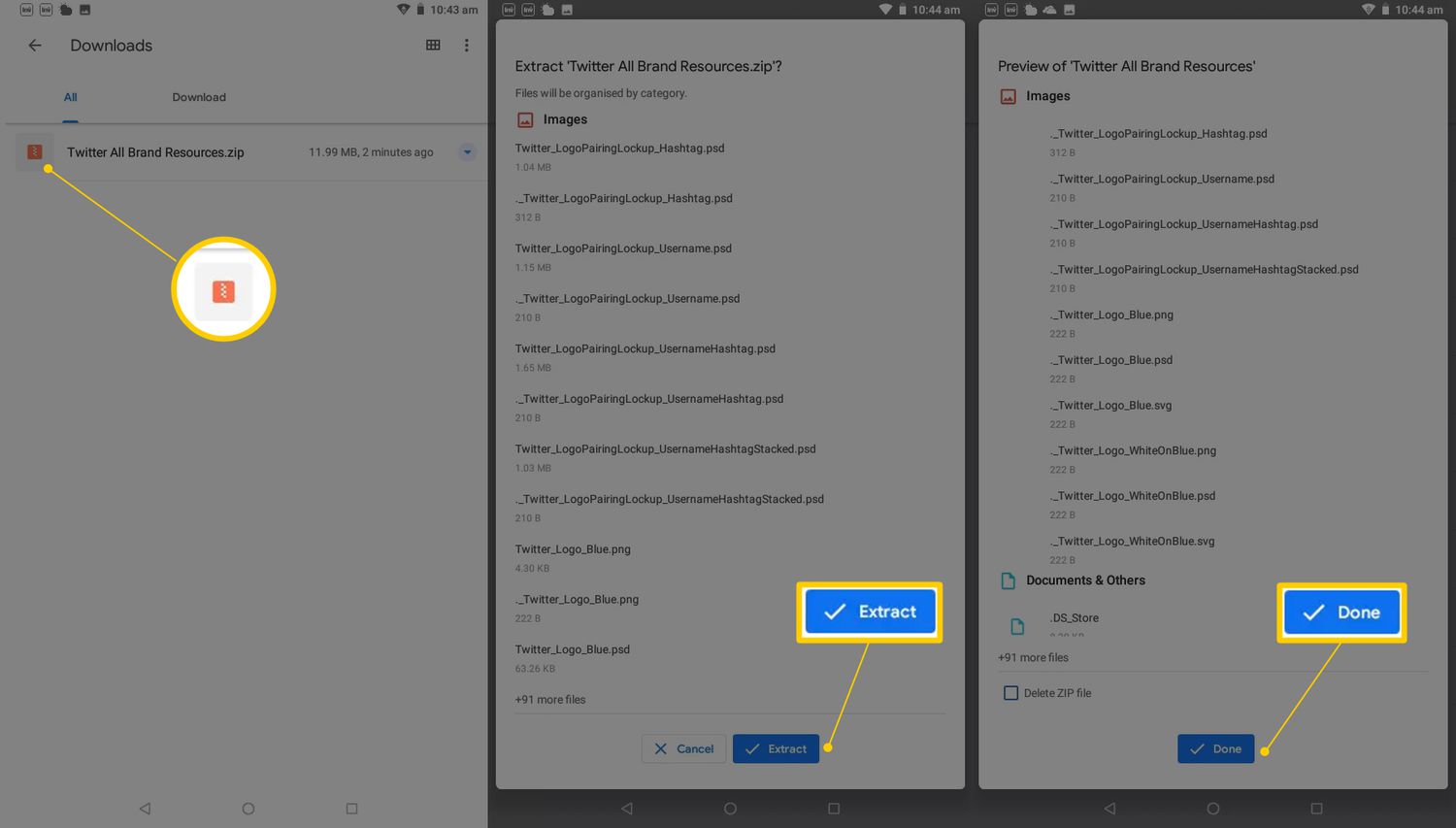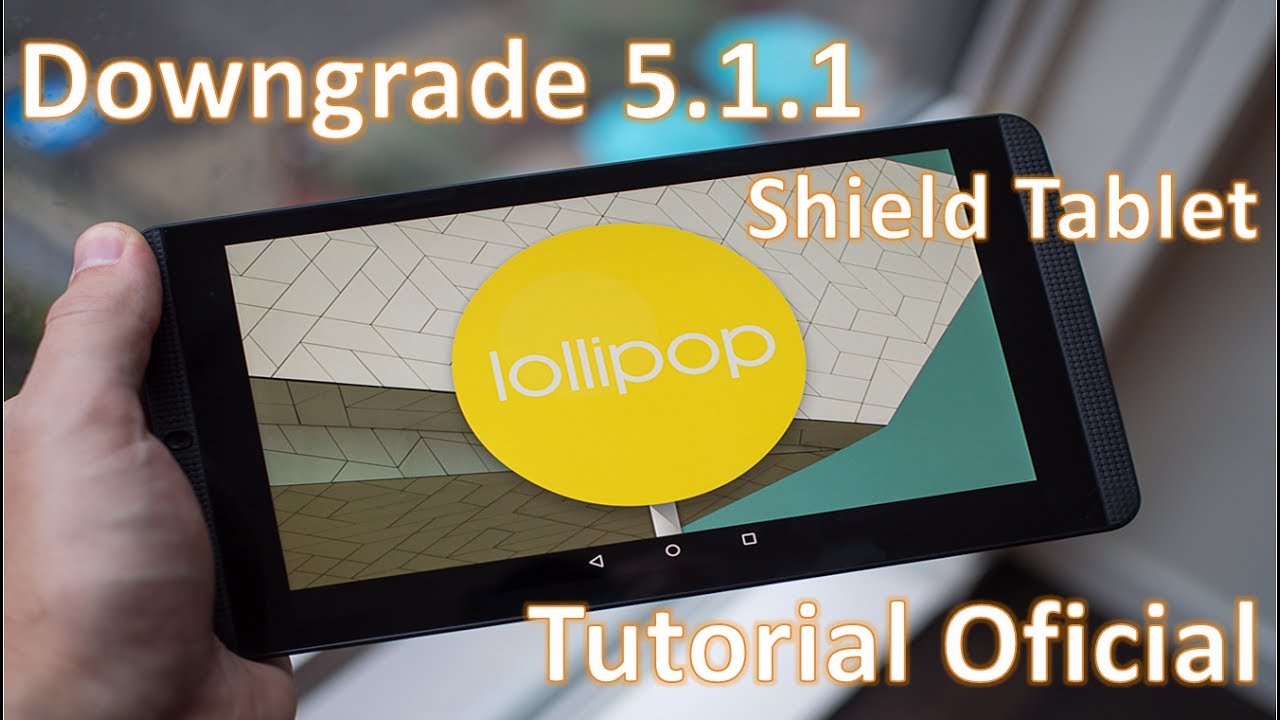Introduction
When it comes to downloading files on an Android device, zip files are a common format that you may come across. Zip files are compressed archives that can contain multiple files and folders. They make it easier to transfer and store a large amount of data efficiently. However, many Android users may find it tricky to extract or download these zip files on their devices.
In this article, we will guide you through various methods on how to download zip files on Android. Whether you want to download a zip file from a website or receive one via email, we’ve got you covered. With these simple steps, you’ll be able to access and extract the contents of zip files in no time.
We will explore three different methods to download zip files on Android, each tailored to different situations and user preferences. The first method involves using a file manager app, which is perfect for those who want complete control over their file management. The second method uses a web browser, allowing you to download zip files directly from websites. Finally, the third method uses a dedicated download manager app for convenient and efficient file downloads.
So, if you’ve been struggling to download or extract zip files on your Android device, keep reading as we dive into the various methods and troubleshoot any potential issues along the way. By the end of this article, you’ll have all the tools you need to download, access, and enjoy your zip files hassle-free on your Android device.
Understanding Zip Files
Before we delve into the methods of downloading zip files on Android, let’s take a moment to understand what these files actually are. A zip file, also known as a “compressed archive,” is a collection of one or more files and folders that are compressed to reduce their file size. This compression makes it easier to store, send, and download multiple files as a single package.
Zip files use various compression algorithms to reduce the size of the included files. The most common algorithm is the Deflate algorithm, which compresses files without losing any data. This means that the content of the original files can be restored to its original state once the zip file is extracted.
Zip files are widely used for numerous purposes, such as bundling multiple files into a single package for easier sharing or archiving collections of documents, images, or other media files. They are also commonly used for software distribution, allowing developers to package their applications along with any necessary resources in a single, compressed file.
When you encounter a zip file on your Android device, it will typically have a “.zip” extension. You might come across zip files while downloading attachments from emails, downloading software updates, or even when downloading files from websites.
In order to access the contents of a zip file, you will need to extract or unzip it. Android devices have built-in support for zip files, allowing you to easily extract their contents and access the files and folders contained within.
Now that we have a basic understanding of what zip files are, let’s explore the different methods available for downloading zip files on your Android device.
Method 1: Using a File Manager App
One of the simplest and most effective ways to download zip files on Android is by using a file manager app. File manager apps allow you to navigate through the files and folders on your device and manage them efficiently. Here’s how you can use a file manager app to download zip files:
- First, make sure you have a file manager app installed on your Android device. There are many options available on the Google Play Store, such as File Manager by Google, Solid Explorer, or ES File Explorer.
- Open the file manager app and navigate to the location where you want to download the zip file. You can choose to download it to the internal storage or an external SD card, depending on your device’s storage options.
- Once you’re in the desired location, look for a download button or an option that allows you to initiate a download. This can typically be found as a download symbol or a plus sign.
- Tap on the download button or select the option to start the download. This will prompt your file manager app to open a built-in web browser or initiate a download using the default Android download manager.
- Enter the URL of the zip file you want to download into the browser or select the zip file from a website if you’re using a built-in browser. Alternatively, if you’ve received the zip file via email or another app, locate it in the corresponding folder.
- Once the download is complete, you can go back to the file manager app and navigate to the location where the zip file was downloaded. You should see the zip file listed there.
- To extract the contents of the zip file, simply tap on it and select the option to extract or unzip. The file manager app will then extract the contents and create a new folder containing the extracted files.
Using a file manager app provides you with the flexibility to choose the download location, manage your downloads, and easily access the zip file and its contents. It’s a convenient method that gives you complete control over your file management on Android devices.
Method 2: Using a Web Browser
If you prefer to download zip files directly from websites without the need for a file manager app, you can use your Android device’s web browser. Most Android browsers offer built-in download functionality, allowing you to download and save files directly to your device. Here’s how you can download zip files using a web browser:
- Open your preferred web browser on your Android device. Popular options include Google Chrome, Mozilla Firefox, and Opera.
- Navigate to the website where the zip file is located. You can either enter the URL manually or perform a search to locate the desired website.
- Once you’re on the website, locate the download link or button for the zip file. This might be labeled as “Download,” “Download Here,” or a similar instruction.
- Tap on the download link or button to initiate the download. Your web browser will then start downloading the zip file.
- After the download is complete, you will typically see a notification in the notification bar of your Android device. You can either tap on the notification or access the downloads section of your web browser to view the downloaded zip file.
- To extract the contents of the zip file, you can either tap on the downloaded file or use a file manager app to navigate to the location where the file is stored. From there, select the zip file and choose the option to extract or unzip it.
Using a web browser to download zip files is a convenient method, especially when you want to quickly access files from websites or online sources. It eliminates the need for additional apps and allows you to seamlessly integrate the download process into your browsing experience.
Method 3: Using a Download Manager App
If you frequently download large files, including zip files, on your Android device and want a more efficient and organized downloading experience, using a dedicated download manager app is an excellent option. Download manager apps offer advanced features such as fast downloads, pause/resume functionality, and download scheduling. Here’s how you can use a download manager app to download zip files:
- Visit the Google Play Store and search for a reliable download manager app. Some popular options include Advanced Download Manager, IDM: Download Manager, and Turbo Download Manager.
- Download and install the download manager app of your choice.
- Once the app is installed, open it, and you will be presented with a user-friendly interface.
- In the download manager app, you will find a plus sign or a download button. Tap on it to initiate a new download.
- You will be prompted to enter the URL of the zip file you wish to download. Type or paste the URL into the designated field and proceed.
- Customize the download settings according to your preferences, such as selecting the download location, specifying the number of simultaneous downloads, or setting a download speed limit.
- Tap on the start or download button to begin the download process. The download manager app will take care of downloading the zip file for you.
- Once the download is complete, you can access the zip file from the download manager app’s interface. From there, you can extract the contents using a file manager app or the built-in extraction feature, depending on the capabilities of the download manager app.
Using a download manager app can significantly enhance the downloading experience on your Android device. These apps offer robust features that make downloading zip files more efficient and convenient, especially for users who frequently download large files or need better control over their downloads.
Troubleshooting Tips
While downloading zip files on Android is generally a straightforward process, you may encounter occasional issues or obstacles. Here are some troubleshooting tips to help you overcome common problems:
- Ensure Sufficient Storage Space: Before attempting to download a zip file, make sure that you have enough storage space available on your Android device. Insufficient storage can lead to incomplete or failed downloads.
- Check Internet Connection: Ensure that your device is connected to a stable and reliable internet connection. Unstable or slow connections may cause slow downloads or interruptions.
- Restart Download: If a zip file download seems to be taking too long or gets stuck, try pausing and resuming the download. This can sometimes resolve any temporary network or server issues.
- Scan for Malware: If you suspect that a downloaded zip file may contain malware or malicious content, run a malware scan using reputable security software before extracting or opening the file.
- Clear Cache and Data: If you experience issues with a specific download manager app or web browser, clearing the cache and data of the respective app can often resolve the problem. This will reset the app’s settings and configurations.
- Use a Different Download Source: If you’re unable to download a zip file from a specific website or source, try finding an alternative source for the file. Sometimes, the issue may be specific to a particular server or website.
- Update Apps: Keep your file manager app, web browser, and download manager app up to date. App updates often include bug fixes and performance improvements that can help prevent downloading issues.
- Restart Your Device: If all else fails, try restarting your Android device. This can help resolve any temporary software glitches and refresh the system.
By following these troubleshooting tips, you’ll be better equipped to address any issues that may arise during the process of downloading zip files on your Android device.
Conclusion
Downloading zip files on Android doesn’t have to be a complicated process. With the right methods and tools, you can easily download and access these compressed files on your device. In this article, we explored three different methods to download zip files on Android.
Method 1 involved using a file manager app, which gives you complete control over your file management and allows you to easily navigate and extract zip files.
Method 2 focused on using a web browser to directly download zip files from websites, providing a convenient option for quick access to online files.
Method 3 introduced the use of a dedicated download manager app, offering advanced features and a more organized approach to downloading zip files on Android.
We also discussed troubleshooting tips to help you overcome any issues you may encounter during the downloading process.
Now, armed with these methods and troubleshooting tips, you can confidently download and extract zip files on your Android device. Whether you prefer using a file manager app, a web browser, or a download manager app, you have the flexibility to choose the method that suits your needs the best. Enjoy seamless access to zip files and conveniently manage your downloaded files.
So, next time you come across a zip file, be it from an email attachment, a website, or any other source, you’ll have the knowledge and tools to download, access, and extract its contents with ease on your Android device.







